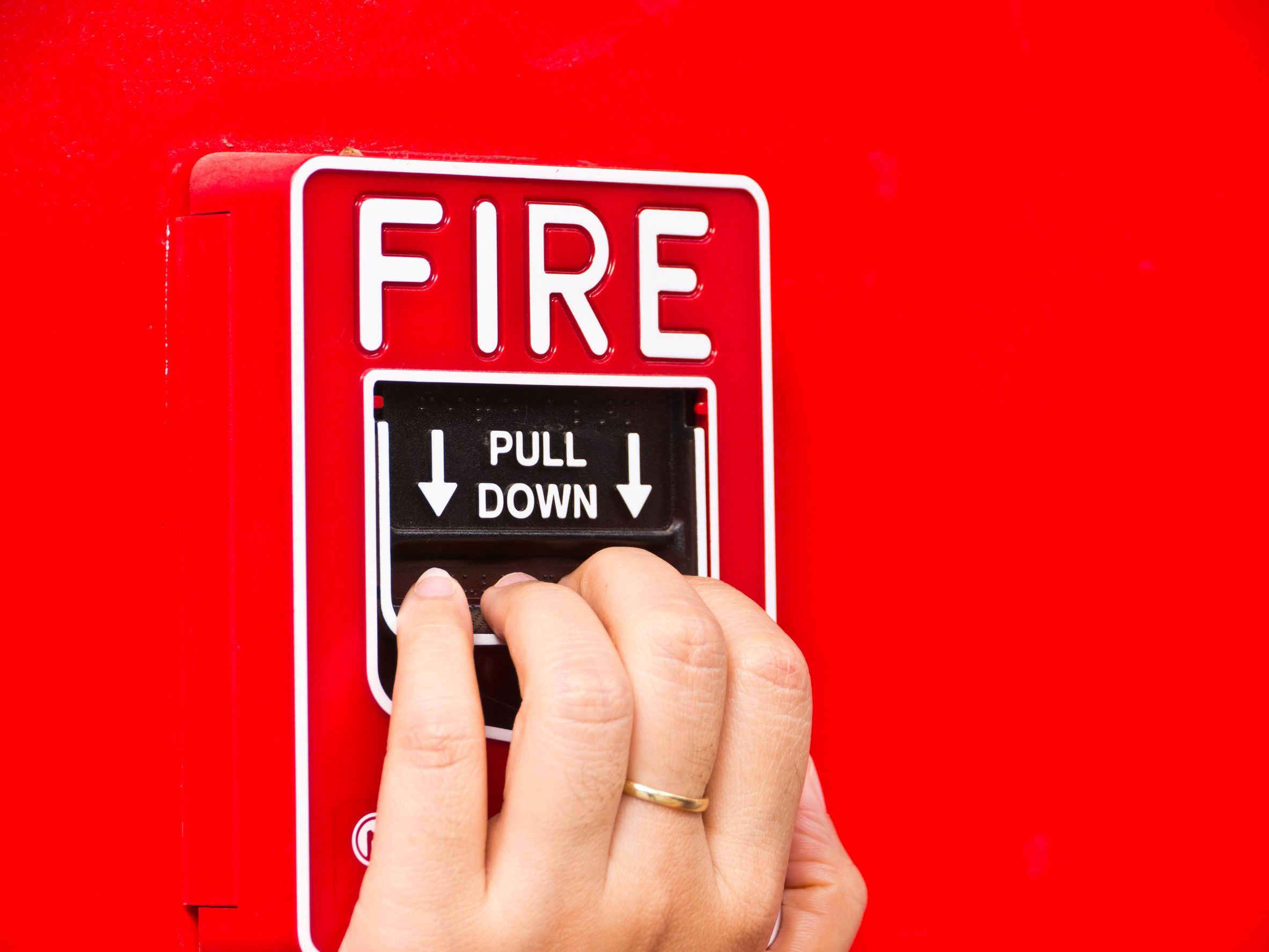When you’re a metal manufacturer, your job doesn’t stop at creating the millions of items people use every day, for nearly every walk of life. While that’s what manufacturers are known for, they have another important job, too: protecting those products from age, wear, and damage before sending them out into the world.
Most manufacturers do this with dry powder coatings. Here’s what to know about powder coating systems and how they work:
Priming and Preparation
To prepare items for the application of dry powder coatings, it’s important to remove any debris from the surface. While brand-new items shouldn’t have a whole lot of dust and dirt from the outside world clinging to them, it’s very common for oil, grease, manufacturing dust, and other materials to cling to pieces after they are manufactured.
Often, manufacturers use blast room as part of the preparation process to smooth and clean their products before sending them off to the powder coating area.
Application
Powder coatings are applied differently than traditional paint, which makes for much different and arguably superior finished results. In most powder coating systems, coatings are applied without any liquid, using either spray guns or blast rooms and electrostatic application. This causes the particles to adhere to the surface in a thick, smooth coating that does not bubble, blister, drip, crack, etc. Once applied, the coating is ready to be cured, hardened, and finished.
Curing and Finishing
After the coatings are applied, products are moved to a section of the operation where special ovens are used to cure and finish them. This sets and hardens the coating, making it smooth, polished, and sturdy – much more so than traditional paint coatings. Some operations have ovens the size of entire rooms with multiple chambers, while others only use an oven the size of a cabinet. It all depends on your facility’s needs, so before outfitting your own operation, be sure to consult with your equipment retailer for more information.


